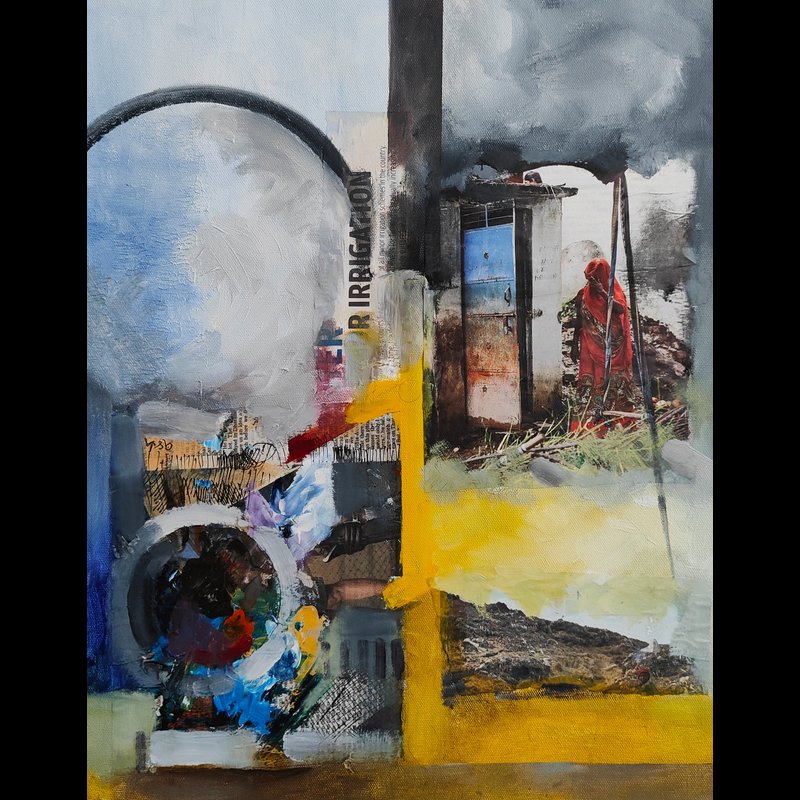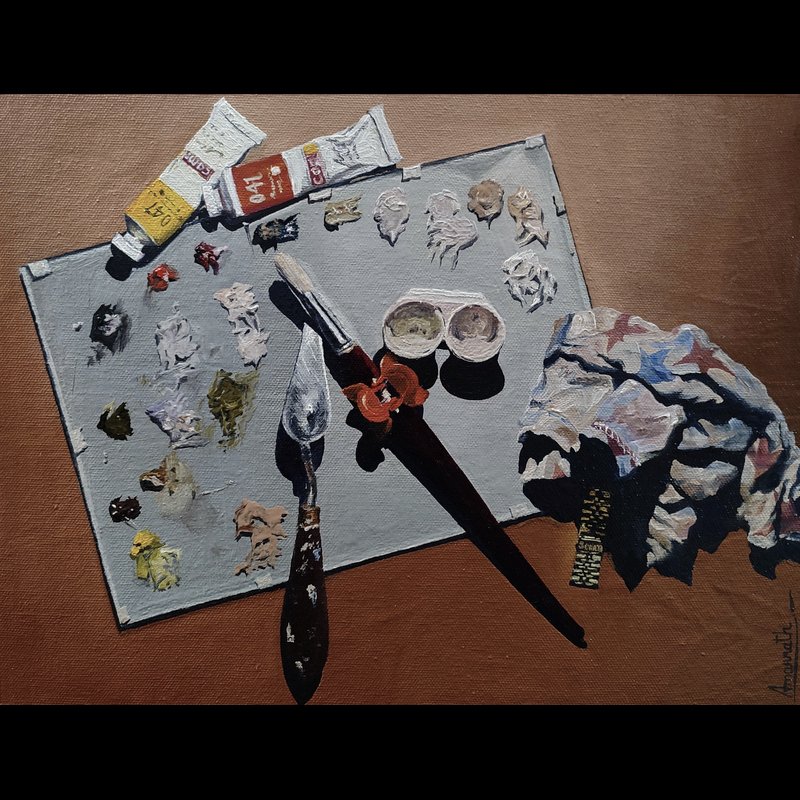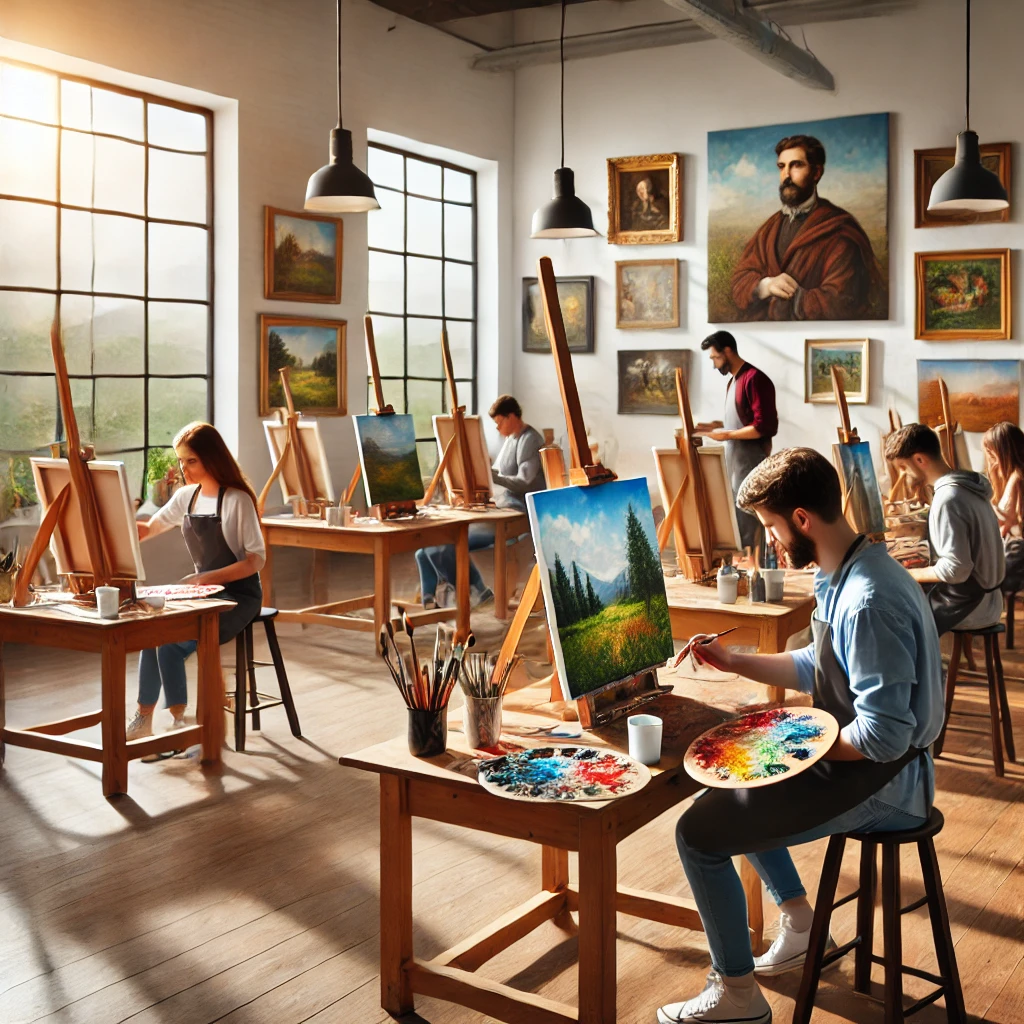Satya Narayan Suthar is National Award Winner in Kavad Art. Satyanarayan Suthar was born in 1972 in Bassi, Rajasthan and attended the village school. He learned the art of Kavad making from his father, but at the age of sixteen, he had to leave home and fend for himself. He worked as a craftsman for a commercial enterprise involved in exporting crafts. The experience made him prolific and honed his craft, giving his work a distinctive quality.
Having neither acquired nor inherited any farmland or other property he has no other source of income and depends on his artistic skills to make a living. He is married to Kaushalya, has three children and lives in a rented house. The ground floor serves as a workspace and shop. He makes kavads and other wooden object for tourists and for shops in Udaipur. He has won several awards for his unique work in the art of kavad making. In 2004 he was given the District award, followed by a State award in 2009 and recently the National award.
This almost magical 500-year old art tradition can be found in several parts of India, including Rajasthan. Traditional storytellers or Kavadia carried ‘god boxes’ or foldable shrines, holding Hindu epics within their bellies. The richly decorated Kavad or cupboard held two dimensional painted narratives from the Ramayana and other mythological tales in panels within them. The Kavads offered a kind of informal education to villages that were devoid of schools. The narratives were painted almost like comic strips, with vividly colored characters and several unfolding hinged panels.
Entire families of artisans came together to create these story boxes. These families would travel with the main narrator or sutradhar bringing stories to remote hamlets. The storyteller would face the audience standing by his Kavad for a colorful rendition of Hindu myths. The stories unfolded in delectable stages with all the fanfare of a show. The outer panels would be opened and the key highlights of the story told, but all was not revealed. After this teaser trailer, the Kavadia would open a drawer for donations and when he had earned enough coins he would begin his telling, revealing the many narratives within. These performances could last several days with the host village providing boarding and lodging to the visiting artisans.
Course Subjects Overview
| Duration | Topic |
|---|---|
| Topic 1 | Introduction to Kavaad Toys |
| Topic 2 | Kavaad Box |
| Topic 3 | Kavaad Pilgrimage |
How can I enrol?
The International Fine Art Academy maintains an open admissions policy for all persons who wish to obtain an education in fine arts. Anyone who mets the requirement can apply for our courses. You may register, pay tuition, and apply for admission online. For Admission please fill in the ADMISSION FORM.
Benefits with IFAA
Graduates of the International Fine Art Academy will demonstrate the ability to:
- Produce work appropriate for seeking skilled opportunities in their chosen field of art and style.
- Solve inventive issues inside their field of art and style, as well as analysis and synthesis of technical, aesthetic, and abstract data.
- Communicate concepts professionally and connect through visual, oral, and written presentation skills.
- A supported environment for the understanding of art and style principles.
- Recognize the influence of major cultural and aesthetic trends, historical and modern, on art.
- Learn the skilled skills and behaviors necessary to vie within the international marketplace for art and style.
Teaching Method
Teaching is done through pre-recorded demo, online notes, assignment and discussion forum. Each subject consists of Topics. Each Topic is opens as you complete the earlier topic respectively. To complete a topic you need to login, watch the demo, read the notes and submit the assignment. To submit an assignment, simply take a picture or scan the homework assignment and upload it in the assignment forum for feedback. Instructors may provide your with a review with 24-48 hours.




